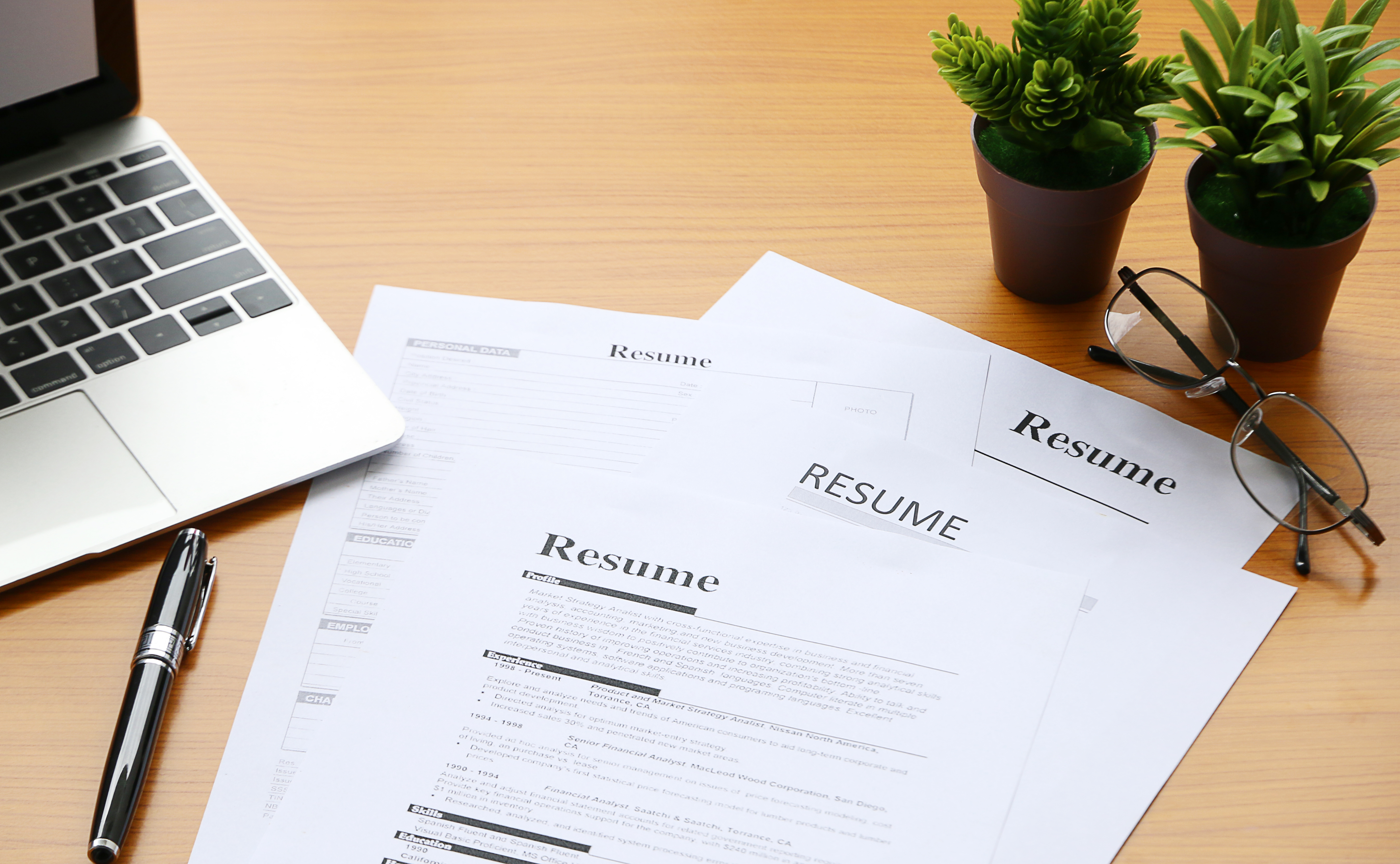In a competitive job market, the desire to stand out is natural. Many job seekers turn to "creative" resume formats—incorporating graphics, multiple columns, and unique layouts—in an effort to catch a recruiter's eye. However, while the intention is to be memorable, these visually complex resumes can often hinder your chances before your qualifications are even reviewed.
The reality of modern hiring is that clarity and function almost always outweigh flashy design. Here's a professional breakdown of why a traditional resume format remains the most effective choice for most applicants.
Other sites charge outrageous fees for designer resumes that actually hurt your chances. They're selling you expensive decoration that robots can't read and humans find distracting.
1. The Applicant Tracking System (ATS) Challenge
The first reader of your resume may not be a person. Most medium and large companies use Applicant Tracking Systems (ATS) to scan and sort applications. These software systems are programmed to parse text for keywords, skills, and work history.
Complex formatting elements can cause significant issues for ATS:
Graphics and Icons:
These are often unreadable or can break the parsing sequence. A system may skip over crucial information contained within or near a graphic.
Tables and Columns:
Many ATS read documents from left to right, line by line. A multi-column layout can cause the system to jumble your information, mixing details from your work history with your skills section, rendering your resume incoherent.
Unusual Fonts:
Ornate or custom fonts may not be recognized, leading to garbled text.
⚠️ If an ATS cannot correctly parse your resume, it may be automatically filtered out, meaning a human recruiter will never see it.
2. Recruiter Readability and Time Constraints
Recruiters spend an average of only a few seconds on their initial scan of a resume. Their goal is to quickly identify key qualifications and assess your fit for the role.
A clean, professional layout supports this process. A cluttered or unconventional design, however, forces the recruiter to work harder to find the information they need. This can create a negative first impression and may lead them to move on to the next, more straightforward application. A single-column format with clear headings for "Work Experience," "Skills," and "Education" is universally understood and easy to navigate.
3. Potential for Unconscious Bias
Including a photograph on your resume is generally not recommended, particularly for applications in the US and UK. While you may feel it adds a personal touch, it can introduce unconscious bias related to age, gender, or race. To maintain fair hiring practices and avoid potential legal complications, many companies have policies to immediately discard resumes that include photos.
The Exception: Creative Industries
There is a notable exception to this rule: creative fields. For a graphic designer, art director, or brand strategist, a thoughtfully designed resume can serve as a mini-portfolio, demonstrating essential skills in typography and layout. However, even in these cases, the design must prioritize clarity and readability.
The goal is to showcase design talent, not to obscure professional experience. It is also wise for creatives to maintain a plain-text or traditional version of their resume for online applications.
Conclusion: Prioritize Substance Over Style
For the vast majority of professionals, the most effective resume is one that is clean, well-organized, and easily read by both software and human screeners. Before spending time and resources on a visually elaborate resume, ensure your energy is focused on what truly matters:
-
✓
Strong, quantifiable achievements.
-
✓
Content tailored to the specific job description.
-
✓
Error-free writing.
Ultimately, the content of your resume is what will secure an interview. A clear, professional format is the best way to ensure that content gets the attention it deserves.
If you're ready to build a resume that prioritizes substance and is engineered to succeed, explore our
simple and effective plans.


